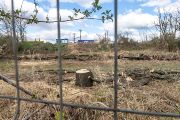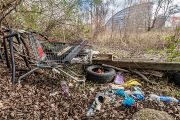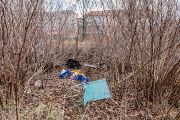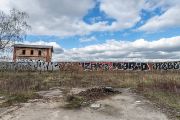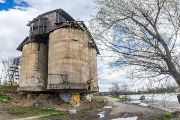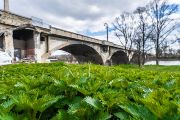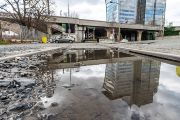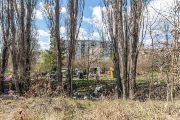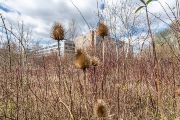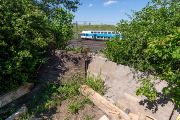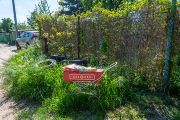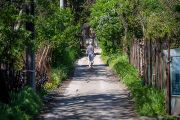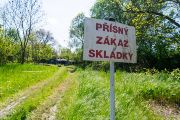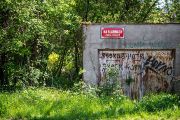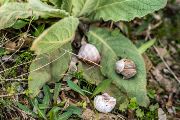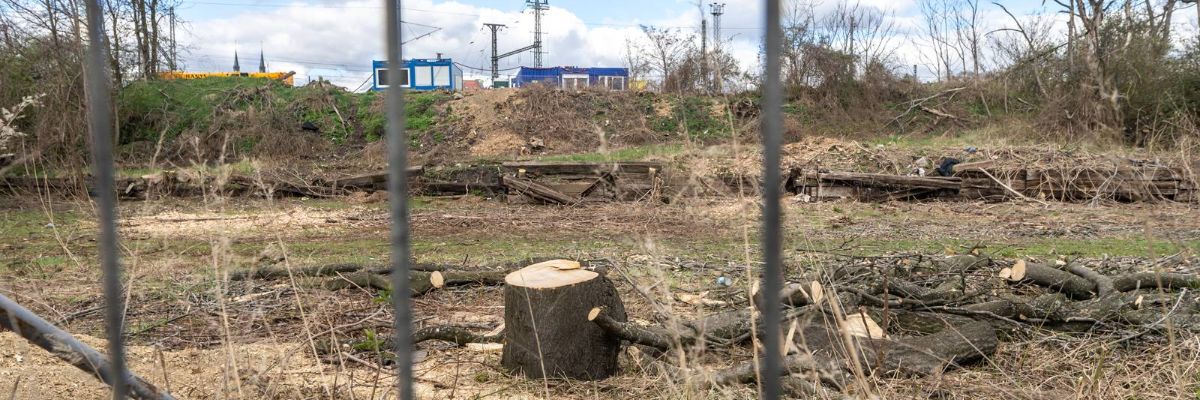
PHOTO STORY: On the outskirts – a walk through the fringier parts of Prague
27. 07. 2023
There are places to explore in cities that urban planners never put on the map, and there are urban beauties that nobody intended to show. There are facets of the city that aren’t part of its official image. In almost every city – Prague being no exception – we can find places that are not exactly appealing at first glance. Why is this space here? How did it appear and what is its purpose? Reflection on such places is offered by the authors from the Center for Theoretical Study run by Charles University and the Czech Academy of Sciences in their monograph Město naruby – Vágní terén, vnitřní periferie a místa mezi místy (The City Inside Out – Vague Terrain, Inner Peripheries, and Places In Between), published by Academia.
Prepared by: Markéta Wernerová, Division of External Relations, CAO of the CAS; Radan Haluzík, Center for Theoretical Study, Charles University and the CAS
Translated by: Tereza Novická, Division of External Relations, CAO of the CAS
Photo: Jana Plavec, Division of External Relations, CAO of the CAS
 The text and photos are released for use under the Creative Commons licence.
The text and photos are released for use under the Creative Commons licence.
Read also
- A trapped state: The pandemic impact on public attitudes, trust, and behavior
- Aerial archaeology: Tracing the footsteps of our ancestors from the sky
- Archaeologists uncover ancient finds along Prague Ring Road
- Our microbiome largely depends on what we eat, says microbiologist Michal Kraus
- The ABCs of writing: Why did its invention mark a turning point for humankind?
- We learn, remember, forget… What can memory actually do? And can we outsmart it?
- New Center for Electron Microscopy in Brno opens its doors to global science
- The hidden lives of waste: What can we learn from waste workers and pickers?
- A unique lab is hidden right beneath Prague’s Vítkov Hill
- Renewables are a strategic investment in European security, scientists say
The Czech Academy of Sciences (the CAS)
The mission of the CAS
The primary mission of the CAS is to conduct research in a broad spectrum of natural, technical and social sciences as well as humanities. This research aims to advance progress of scientific knowledge at the international level, considering, however, the specific needs of the Czech society and the national culture.
President of the CAS
Prof. Eva Zažímalová has started her second term of office in May 2021. She is a respected scientist, and a Professor of Plant Anatomy and Physiology.
She is also a part of GCSA of the EU.
